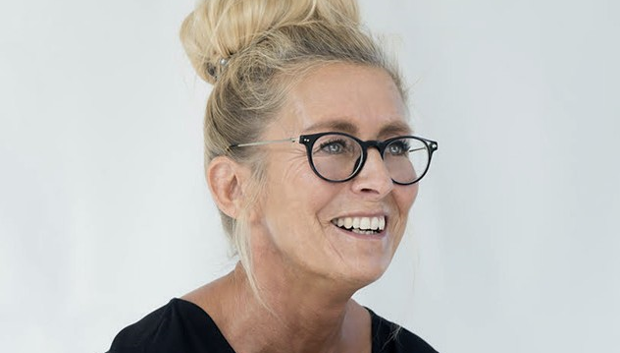LIMITS ON WORKING TIME

You and your working time, a healthy relationship
“You can combine everything if you want: your homework, the dishes, caring for children or grandchildren, zoom meetings… They all wound up on our plate this past year. The challenge is to deal with this consciously, to communicate about it very clearly, and to watch over it with care.”
In the words of Hilde De Brauw. She started her career with a creative chapter in the media sector, before moving into human resources in a large, multinational environment. Then, after 20 years, she took the leap into the next chapter as a coach for people who found themselves at a crossroads in their career.
“Working from home is a skill that one has to learn, even as a manager by the way.”
Hilde, healthy boundaries is a theme that often comes up in your coaching. What were your observations in this respect among your contacts in recent months?
Hilde: “That a lot of people were forced to operate within a setting for which they did not have the skills. Working from home is a skill that one has to learn, even as a manager by the way. Executive staff need to be taught very specific competencies to support employees in a reality of generalized homeworking. Moreover, we tended to believe it would be over soon, so we stepped it up a notch. This has erased many limits, with all the consequences that entails. I personally experienced the same thing: during the first weeks of switching to online operations with webinars and digital contacts, we pushed through evenings and weekends for five weeks in a row to get everything in order. I felt the toll it took on me, but I kept going. And once past the emotional and mental limit, the physical alarm bell starts ringing, once the damage has already been done. I eventually broached the conversation with my colleagues and indicated that I needed rest. We started looking for alternatives together. Are there colleagues we can ask for help? Are there deadlines that could be loosened somewhat? Does that bar really belong as high as we set it?”

Are boundaries mainly an individual matter for you or is an organizational policy in order?
Hilde: “In any case, it is clear that the organization has a direct interest in helping safeguard those boundaries. The WHO recently published undeniable evidence that structural overwork correlates strongly with heart disease. Ensuring that there is indeed someone with whom one can communicate regarding one’s own boundaries, even if this is not possible with one’s own superior. Actively challenging the perception that the best employee is the one who is still on the job at 10 PM.”
“As a team member, I once attended a meeting where my own superior opened with the message that she simply would not be able to deal with the proposed agenda that morning. She explained what went wrong in her private life. Not to talk about herself, but to add: today this is what is happening to me, so this will undoubtedly happen to you too. This is what I want to talk about. How are you doing? Are you managing? When are things not working out? What do we do at these moments? That is enormously powerful.”
“A lot of people do not like conflict, confrontation. We are afraid that our colleagues will find us annoying.”
Why is it that we find saying no so difficult?
Hilde: “A lot of people do not like conflict, confrontation. We are afraid that our message will not go down well with our colleagues, that they will find us annoying. I have learned from this over the years. The more clearly you say no, the more openness you get in return. We associate no with a limitation, a rejection. But in reality every ‘no’ provides an opportunity to learn something: what does this limit show? That there is another, better way. By setting a limit, you also give your colleague space to indicate what is weighing them down. So it is also a matter of collegiality and we have to educate each other in this respect. Peer pressure is a very dangerous phenomenon. Colleagues who dare to connect with each other, however, this is a source of tremendous strength.”

